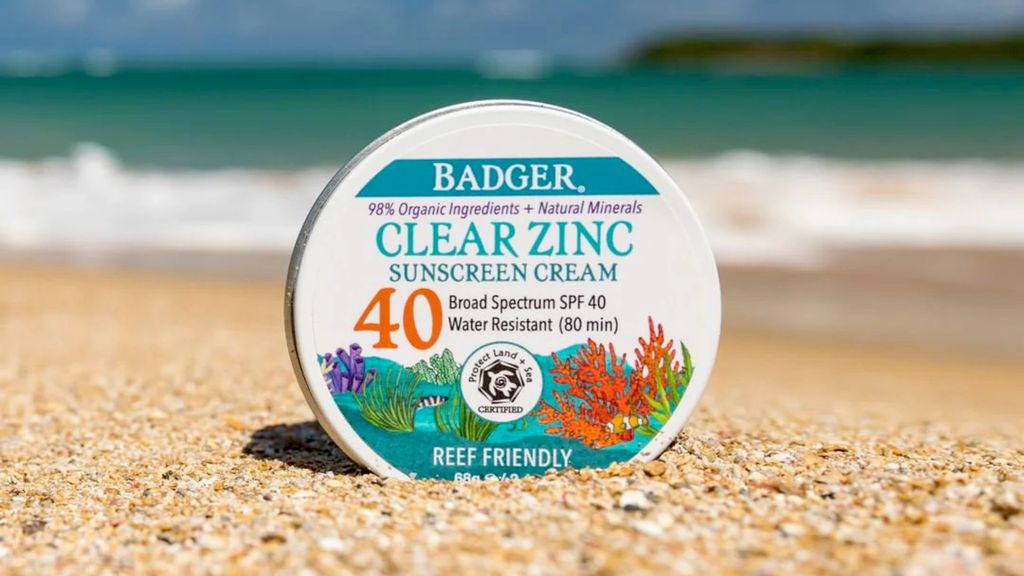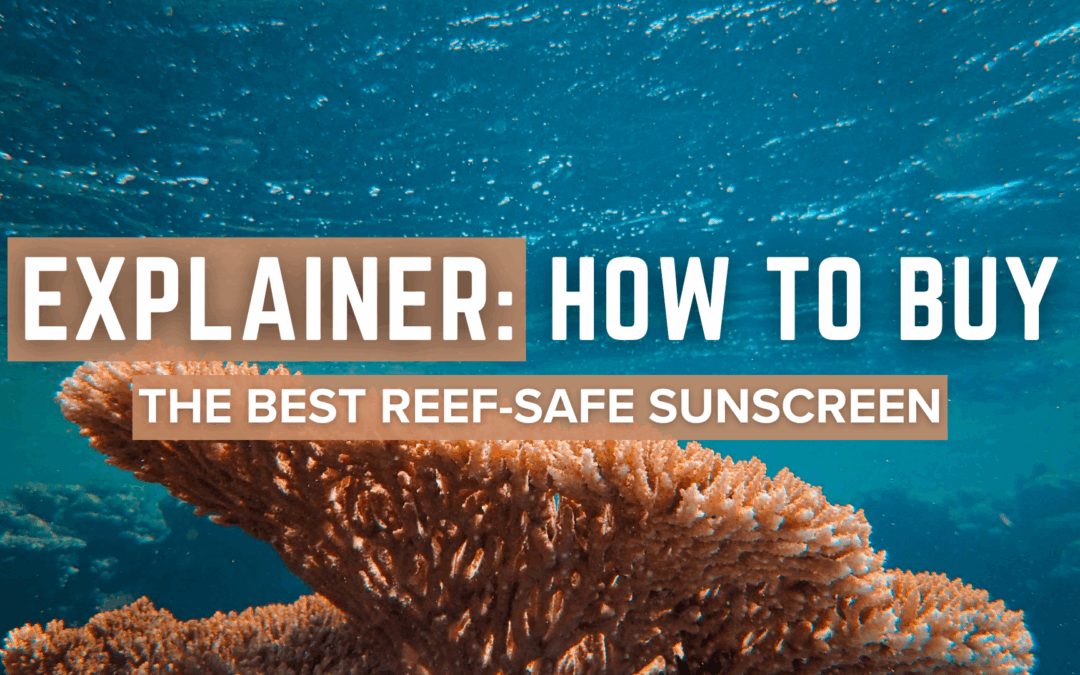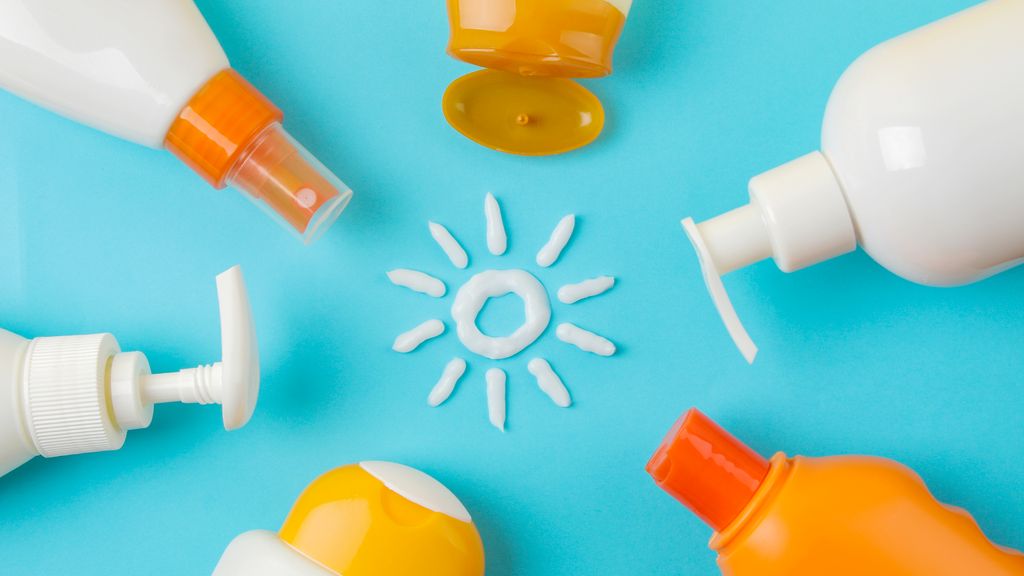
How Much Sunscreen Enters The Ocean?
Coral Reef Alliance reckons that 14,000 tons of sunscreen leach off humans and into the ocean each year. Of that eight swimming pools’ worth of sunscreen molecules, around seven are concentrated in the world’s most popular swimming, surfing, and diving areas. And here’s the kicker. Most of these tourist hotspots are near coral reefs.
What Does Sunscreen Do To Coral Reefs?
Not as much as coral bleaching caused by climate change, overfishing, and pollution, but one particular common chemical, oxybenzone (more on this bad boy later), can cause deformities in both coral larvae and baby corals, damage to coral DNA and abnormal skeletal growth. It’s effectively a cancer-causing agent and hormone disruptor that helps exacerbate the coral bleaching caused by the bigger issues.
How Does Sunscreen Work?
Sunscreens contain molecules that either absorb or repel the ultraviolet (UVA) rays that cause skin cancer and the UVB rays that cause sunburn. Chemical sunscreens, also called organic or synthetic, work by absorbing the UV light and releasing it as heat. Mineral sunscreens work by absorbing and then deflecting UV radiation, as well as active agents that absorb and release it.
Which Is Coral Reef Kryptonite?
The most common chemicals in sunscreen that damage the reef are Oxybenzone, Octinoxate, and Octocrylene. There’s a whole list of other damaging toxins, but it’s the O’s you need to avoid.
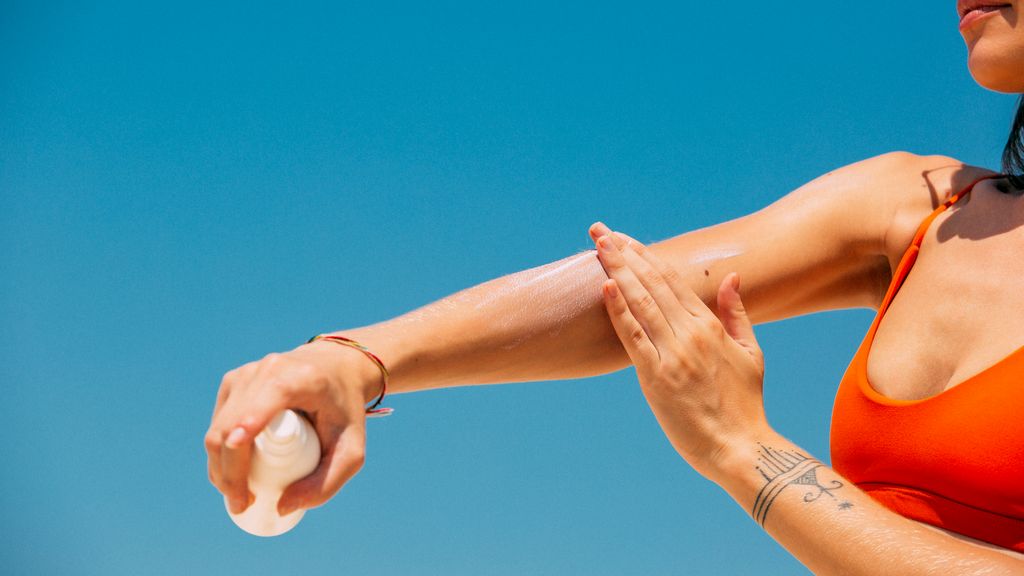
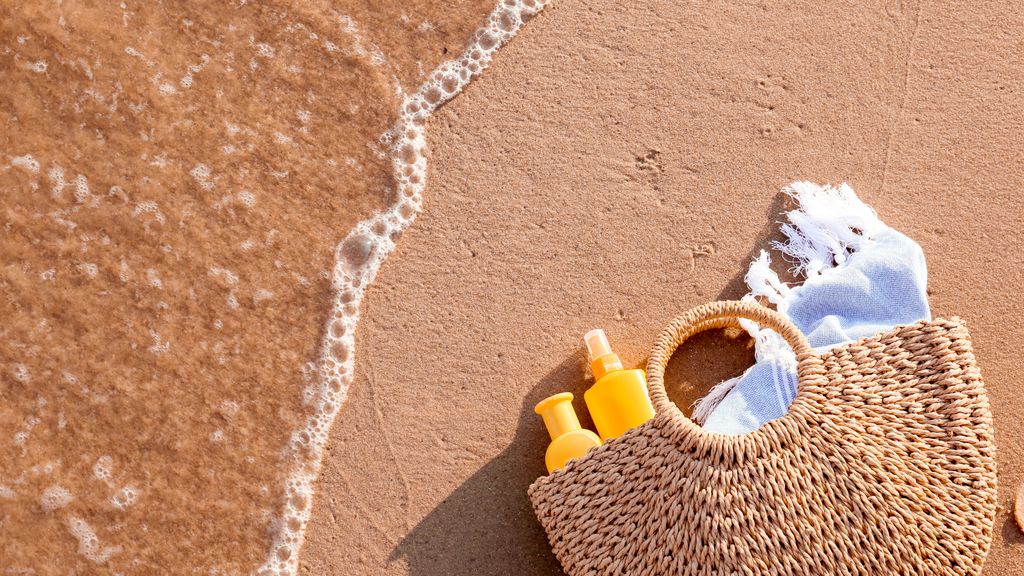
And The Good One?
Always go with the mineral option, containing the active agents Titanium Dioxide or Zinc Oxide, which don’t cause harm to coral reefs. If you see those on the label, you should be good to go. To be even safer, you want “non-nano,” as the smaller the particle, the less non-degradable they are.
Do They Feel The Same?
Unfortunately, no. Titanium and zinc-based sunscreens tend to have a waxy, thicker feel due to their mineral makeup. They may initially appear white when you first apply. They also may need to be reapplied more often. This was why the coral-deforming chemicals were introduced in the first place. The good news is that the cosmetic look and moisturizing feel of mineral sunscreens have improved significantly in recent years.
Can You Trust The Sunscreen Labeling?
Can you trust Italo Ferreira not to do an air? Can you trust your frothing best mate not to paddle on the inside? Since sunscreen is not subject to government regulations or mandatory testing for reef impact, packaging terms like “reef-friendly” or “reef-safe” can be meaningless or incorrect. One label to look for is a “Hawaii Act 104 Compliant” sticker. In 2018, Hawaii passed the first statewide ban on oxybenzone and octinoxate-based sunscreens.
So, What’s The Checklist For Choosing Sunscreen For Your Next Trip?
- Mineral good. Chemical (or organic) bad.
- Ignore the label and check the ingredients.
- The O’s are bad: Oxybenzone, Octinoxate and Octocrylene.
- Z and T’s are good: Zinc and Titanium
- Look for “non-nano” as being the safest particle size.

I Can’t Be Bothered With All This. Can You Just Give Me Five Examples Of The Best Reef-Safe Sunscreen?
Sure, though I don’t even know why we bother.
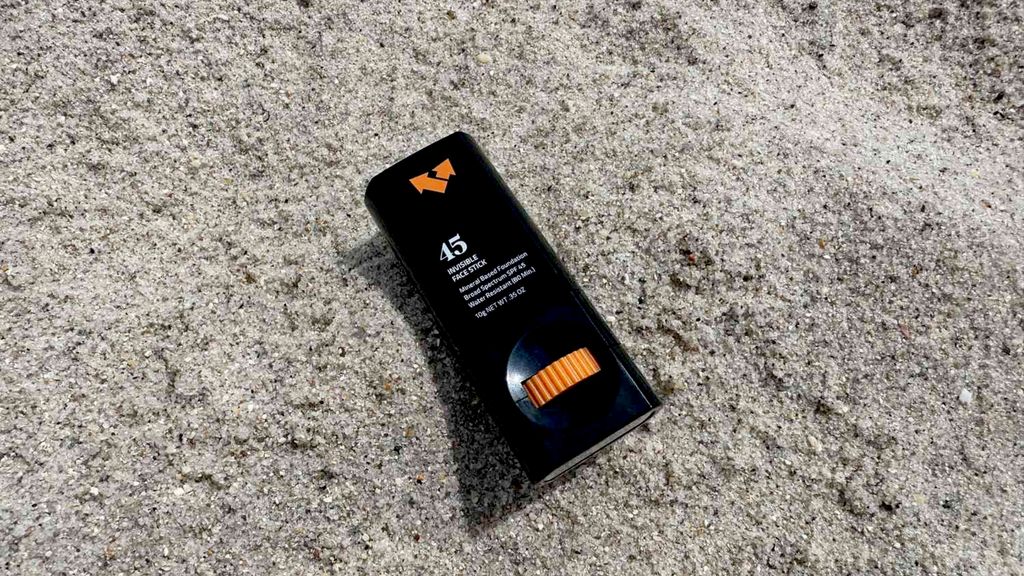
Vertra Invisible Sunscreen
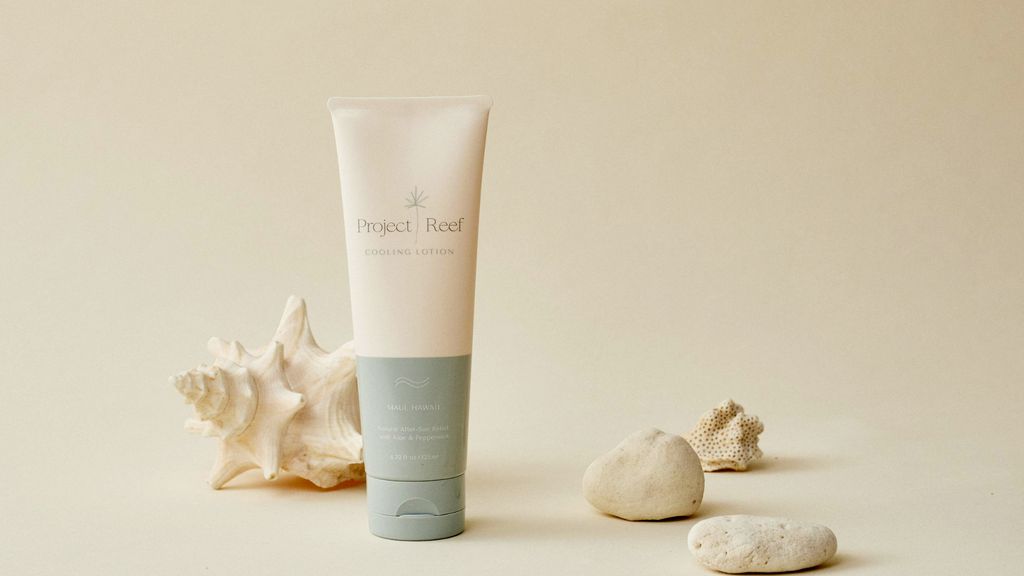
Project Reef
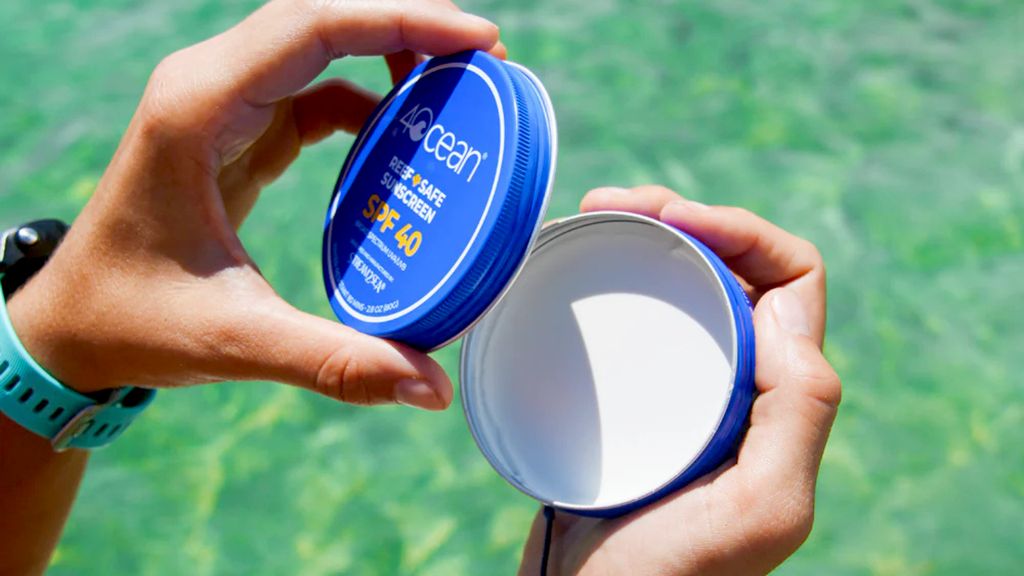
Stream2Sea
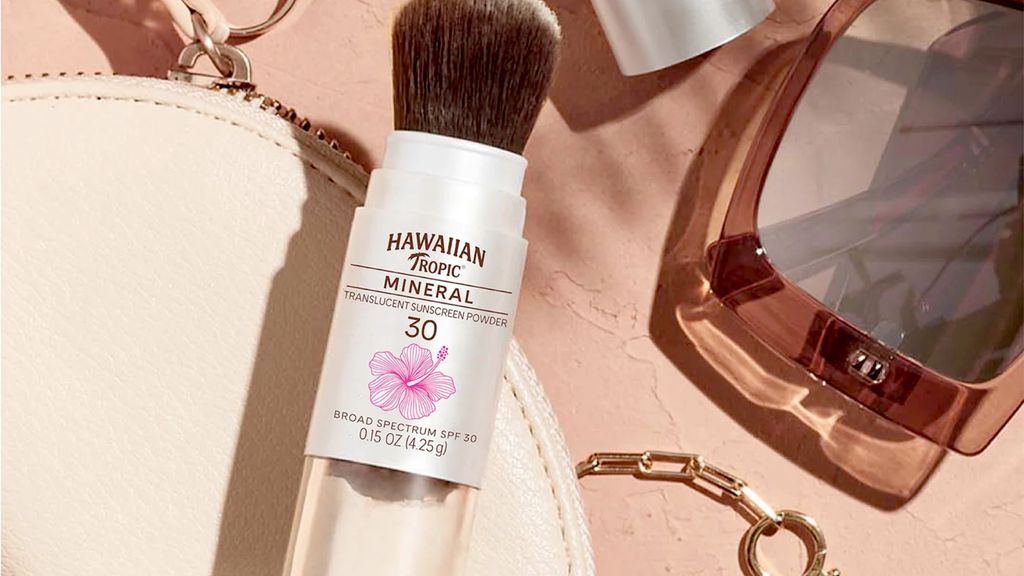
Hawaiian Tropic mineral sun milk
